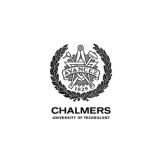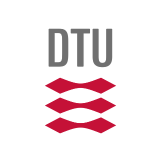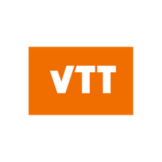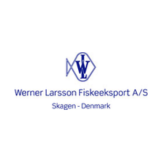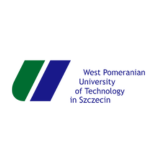RE-BLUE
Resource efficient blue food production from small underutilized pelagic fish species (RE-BLUE)
Key facts
Status: ongoing
Duration:
31 May 2024 - 30 May 2027
Theme:
Blue bioresources and blue food
Contact
Description
Herring (Clupea harengus) and sprat (Sprattus sprattus) are two low trophic level fish species which dominate the fisheries of many Northern/Central European countries. They are, however, massively underutilized in food production. This is increasingly questioned viewed against the current geopolitical situation raising the need of affordable, nutrient dense and locally produced food, and against the ongoing dietary protein shift where consumers seek healthy and sustainable protein sources to replace red meat. Herring and sprat have as low climate footprint as pulses and are rich in high quality proteins, important fatty acids, vitamins and minerals; many of which are missing in red and/or green protein sources. Combining climate impact and nutrient density data, herring/sprat were recently ranked as the most favorable animal protein sources common to the EU.
Based on these incentives, the multi-actor RE-BLUE project will explore new scalable food value chains from the large parts of the herring/sprat catches that either do not enter the food chain (whole fish landed as feed) or leave it (filleting rest raw materials, RRM, also going to feed). Together, these biomass streams make up ca. 60-95% (!) of total herring/sprat catches in the countries of this consortium. Our specific aims are to design, align and combine process-steps which are tailored to tackle the very small size of the “fodder fish”, presence of enzyme-dense organs, high levels of pigments/pro-oxidants/small bones and occasional abundance of dioxins, dioxin-like (DL) PCB´s and PFAS.
An innovative cutting/filleting line which gradually can trim off head, intestines, viscera, and spine even from very small herring/sprat (<55g) forms a project core. Whole fish, fish subjected to different degrees of trimming, or sorted regular RRM will then be used in: (i) mechanical mince production, washing and freezing, (ii) conversion of pre-frozen minces to “falafel” balls/burgers/sausages with and without antioxidant-rich plant RRM or seaweed, (iii) enzymatic hydrolysis into savory ingredients, (iv) fermentation with salt into a fish sauce, (v) direct mixing and extrusion into a “pulled fish product”, with/without plant-based proteins and (vi) acid marination. (i)-(vi) are evaluated with and without pre-dipping of raw materials in new antioxidant solutions. Product prototypes will be characterized in terms of e.g., ash, nutrients, sensorial and volatile compound profiles, color, lipid oxidation, lipolysis, proteolysis, microbial growth and when required, dioxins/PCBs/PFAS. In parallel, fundamental understanding on how enzymatic/non-enzymatic reactions in small pelagic fish respond to different processing variables will be gained. Results can be extended to other European small fish species regarded invasive (e.g., round goby) or underutilized (e.g., sand eels, sardines) and are expected to have major societal impact related to e.g., food preparedness, public health, and national/EU policies.


